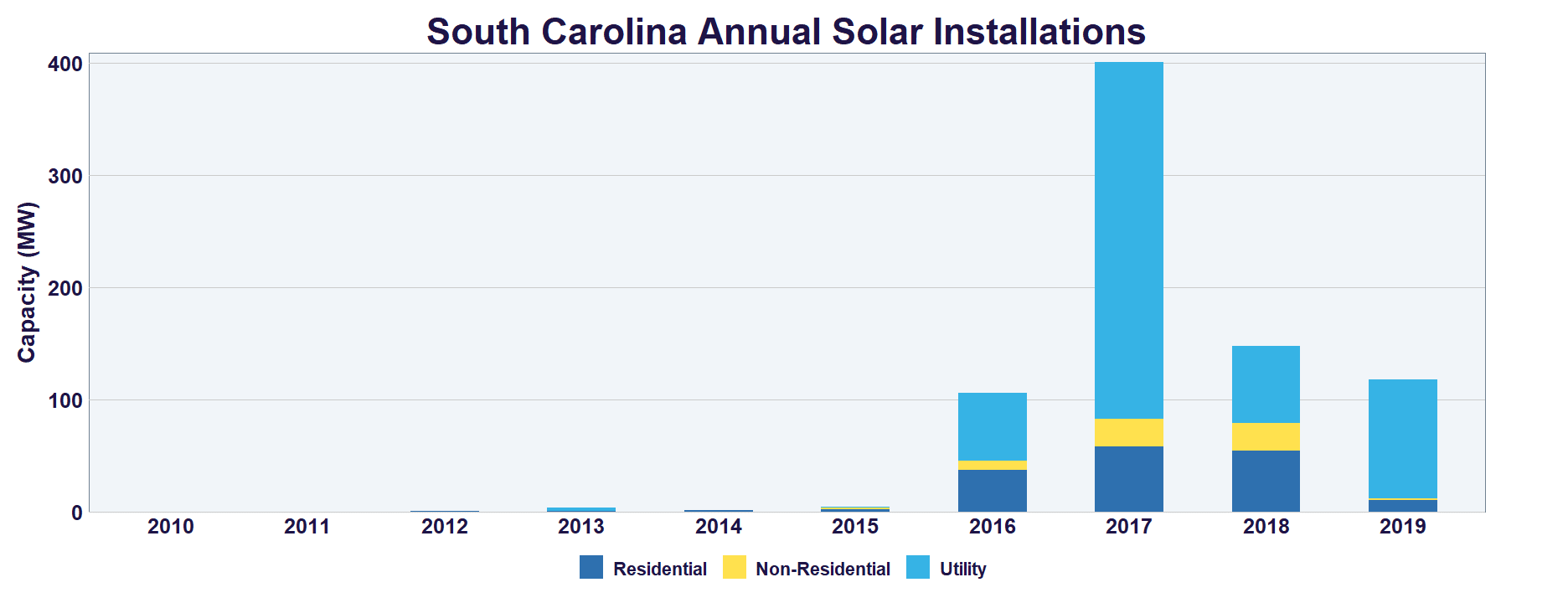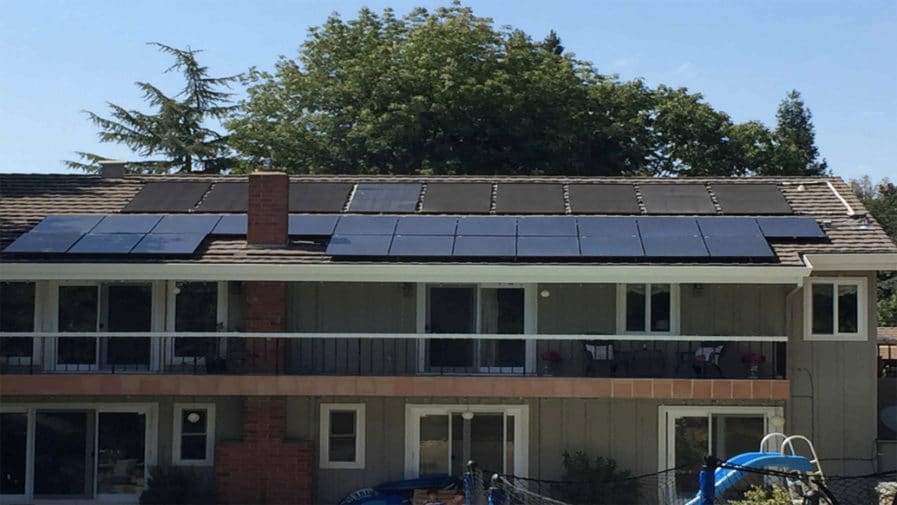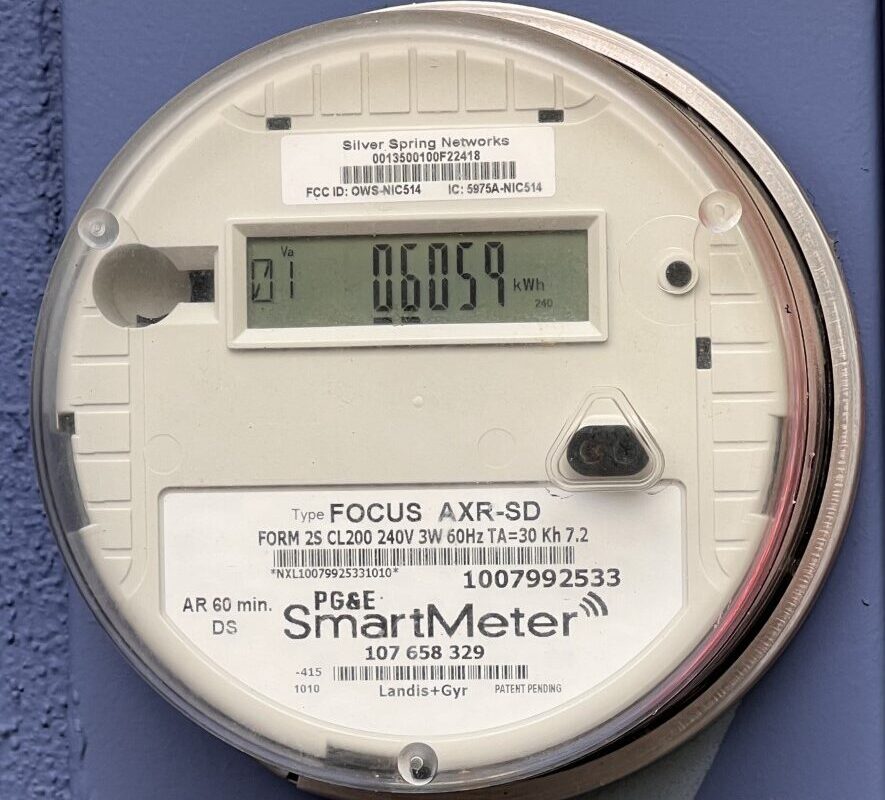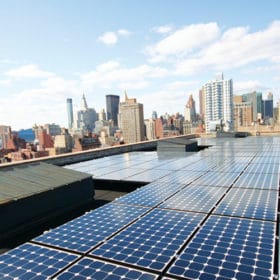One of the simplest economic concepts to grasp is that luxury comes at a premium price. From lobster dinners to Balenciaga sneakers and 4K TVs, you pay a little bit more for a top-of-the line experience. But why stop solely at disposable consumer goods? The city of Georgetown, SC asked itself that question and decided to make solar panels a luxury item by imposing a $50 “monthly accounting fee” for citizens who decide to install solar panels.
For anyone wondering, $50 a month translates to $600 a year, equivalent to 20 lobster dinners, two pairs of Balenciaga sneakers or a brand-new 65-inch LG 4K TV.
The reason behind the new fee? A representative says that the city’s current accounting software cannot accommodate the addition of solar to one’s electric bill, meaning that city employees will have to calculate the bills of solar customers by hand. The software is not equipped to account for energy flowing back onto the grid.
While this seems like a bit of a lame excuse, let’s give Georgetown the benefit of the doubt. The first solar installations in South Carolina didn’t come about until very, very recently: roughly a decade ago. And since then, solar development has been quieter than in other areas. It’s not like residential solar installations have grown in the state every year since 2015 or anything.

Furthermore, it’s not like the state passed a law removing all caps on net metering and establishing the groundwork for another credit system due to the popularity of residential solar in the state or anything like that. No, to be quite honest, the city of Georgetown had absolutely no way to predict that their software was woefully out of date and out of touch with the evolving market of personal generation in the state. They only had a decade.
But, as we at pv magazine have said time and time again, to assume that all, or even most laws are passed with every aspect of contribution and consequence reviewed and considered is naïve.
So now the city sits where many other similar cities have sat before it: in residential solar limbo. It doesn’t matter what the name is, whether it’s an “additional service charge,” “grid access charge” or our new favorite, the “monthly accounting fee,” in the end, all of these fees and charges amount to being nothing more than thinly-veiled attempt to kill the distributed solar industry by making systems financially inaccessible to the average citizen through, quite literally in this case, archaic pricing models.
And the truth of the matter is that if killing the rooftop solar industry is the goal, arbitrary fixed charges are an effective means. Just over a year ago we saw customers of Southwestern Public Service in New Mexico liberated from a $28 monthly “standby fee” that effectively paralyzed the rooftop solar industry in the area.
If a $28 dollar fee cripples residential solar in New Mexico, imagine what $50 a month will do in South Carolina. All this because of electric billing models utilized in ignorance of all advancements in personal generation over the last decade.
Oh and for some additional fun. Residents upset at this charge who want to find a different entity to purchase electricity from are in for a tough search. This is because the neighboring co-op, Santee Electric Cooperative also imposes a$50 fee per month “base facilities charge” for net metering. Hooray!
This content is protected by copyright and may not be reused. If you want to cooperate with us and would like to reuse some of our content, please contact: editors@pv-magazine.com.









So, this provides a $50 per month incentive to disconnect from the grid.
@ Jan Galkowski, yes, how disingenuous to use solar PV on one’s roof as an excuse to “bump” an electric bill $50 a month higher than everyone else. The technology is now available to put in an ESS (energy storage system). Two things can happen here, use the solar PV to help charge the ESS battery during the day, if there is a Time Of Use or TOU that spikes the electric rates in the late afternoon, early evening, use the ESS to off set electricity at this time. The ‘other’ thing is to break some electrical circuits out of the home’s main circuit breaker panel, into a “secondary” electrical panel. Use a manual break before make transfer switch that would allow all of the solar PV to charge the ESS during the day and use the ESS to power certain “critical” circuits in your home all of the time. Some receptacles that have things like the Television, ceiling fans, room lights, refrigerator/freezer, micro-wave all of the time. That part of your home is “off grid”. IF your ESS system fails or needs maintenance or repair. Go to the panel and manually switch the home’s main panel and the secondary panel to run off of utility power. In this scenario, there is NO grid tied solar PV, so the utility is out of the equation.
Why not just go all solar and or wind and not worry what the city does?
Once again solar gorilla is making a come back… don’t go netmeterring, add a battery bank, and use grid-tied limiter or off-grid inverter!!! Screw them, what they don’t know wouldn’t hurt them…..
ROI for solar + storage just improved by $600 per year
$50 a month will pay for offgrid stirage pretty quickly.
That I am sure will become a consideration
There were cable cutters, Now cord cutters. Time to hand back the meter to the utility and thank them for their service and lay them off.
What? It is a FEE of $50/month to install solar panels. Not a CREDIT to the home owner. Do others replying not see this? And as far as Georgetown not being able to calculate the net metered kW’s….. a very simple spreadsheet would do it for you in seconds. Isn’t Georgetown the city in SC that – years ago – had a seated local judge who could not read? Home of the Gamecocks…..
When you are ready to cut the power to the grid be sure to send a certified signature required letter ask utility to remove meter and all lines. I did without any issues, however, a neighbor on another system had the utility refuse. They started the monthly min chg bs and eventually cut the service at the pole six months later. Took him to small claims to get their money. Lost when friend showed judge a copy of letter.
Think that’s bad. South Carolina also charges an additional $60/year for hybrid car registration or $120/year for plugin electric vehicles
You can thank Trump and the Republicans for that, SC is run by Republicans of his mindset and they fight tooth and nail against hybrids, solar, anything non gas/coal/oil.
Question.
How much would it cost to update the billing software? Or When the next major upgrade to the billing system scheduled because this one is on borrowed time.
SC has a few nice places but I don’t think I’ll be retiring there!
That’s because electric cars don’t use gas and if electric cars want to use the road they have to pay their road tax directly instead of by the gallon.
The simple solution is to have solar installed on your house, have it inspected by your AHJ (authority having jurisdiction) and then do NOT inform the power company that you installed a PV system. As long as you never produce more than you are using, you will never have an issue. If you can add a PowerWall, you can keep all the extra power. In either case, no back feeding power = no fee. Having installed PV for 20 years and now teaching, I know of what I speak.
Class action lawsuit in the making. “The reason behind the new fee? A representative says that the city’s current accounting software cannot accommodate the addition of solar to one’s electric bill, meaning that city employees will have to calculate the bills of solar customers by hand. The software is not equipped to account for energy flowing back onto the grid.”
Wow, (IF) there are that few folks on solar PV in the town, open up an EXCEL spread sheet, put in the “calculations” and data input into the spread sheet each month. Go to court file a civil suit for “stupidity” and ask for a $50 a month “rebate” on the solar PV folks’ electric bill until the town gets “smart” and stops the usury. People, it’s time to fight back.
If they just kept the analog meters the could easily turn backwards there wouldn’t be a problem in accounting… But they have a stupid smart meters that don’t really do anything much better….
What happened to laws that favor the customer? I can understand a $10 grid service fee which would be waived if solar residences also paid for utility scale during cloudy days and nights. My entire electric bill is only $60 and I don’t yet have solar! The reason for the concern is because we need to not ditch the grid, but bolster it, so that all this solar can be used by other people when “we” generate too much!
The object should be “95% clean and affordable energy”. Period!
Probably not new to JD & Jan, but interesting.
I just installed solar on my roof without storage batteries. Horry electric charges me a $22 facility charge for the solar.
How my customers evade net metering charges and solar-penalizing fees… They demand that the utility return to them and install an analog electric meter. What you do on your end of the meter is NOT their business when you have a meter that doesn’t count anything except over all flow of power and doesn’t report your usage by the hour to the utility. You can demand one for health reasons. My friend has a bee farm and the smart meters emit a signal that disrupts bee nervous systems and kills them. Many people report depression, anxiety and increases in headaches after installation of smart meters at their residences and the fix is to ditch the “smart” meter. What’s not smart about their design is the complete lack of filtration to prevent the high powered digital billing signal emitted every morning from back feeding into you home wiring. I found it disruptive to electrical systems in my home with motorized devices. I don’t recomend anyone use a smart meter.. That’s not a ludite opinion. It’s the opinion of someone concerned with products that aren’t engineered with the safety and comfort of humans and animals in mind but only the profits of the utility as motive to institute them.
Years ago, many local governments correctly saw that only rich people could afford to install solar. So, permit fees that were 50% of the total installation cost were not unusual (with the permit money going towards higher salaries, benefits, and pensions). The poor living in apartments don’t see a $50/month solar fee as a problem — they will never have to pay it. A poor person driving an old POS car doesn’t see a vehicle registration surcharge for hybrids/electrics as a problem — they will never have to pay it.
This story shows how scared the monopoly is. Their hold on the population’s wallet is slipping from their bony fingers. They are going to have to compete instead of stealing money using government as their tool. Had they broken this theft of funds into three bogus charges they would have been less obvious. Surcharge is a good one. Connection fee is another. Tax cannot be argued since this theft is collusion between government and the monopoly. Stealing a 6 pack from the 7-11 will get you jail time. Stealing $600 is almost a felony and to be fair to the beer thief should include jail time. Organized theft is a cousin of organized crime.
(This isn’t directed to Jerry, just dropping into the thread ….)
Admittedly this is not any kind of a fair sample, but this is why, in part, some high tech candidates I have spoken with, some during interviews, some after being hired, some at nearby companies, won’t move to places like South Carolina, or other states.
It is also why high tech companies are reconsidering placing facilities in states with policies antithetical to the principles their existing employees espouse.
Here in Canada we can get incentives for going PV Solar. My family has just brought on line our PV Solar power plant. We have 56 panels and so far in 3 weeks we have maintained what I believe is a zero balance. Winter is just around the corner so that will change. We are hopeful that the system cost will be recovered in a short number of years. Here we have the net billing with a computer system that is up date and supports bidirectional metering.
@ Bruce Arkwright Jr:
Wait, what? The area already (has) smart meters? Every smart meter I’ve come across is programmable for many functions. So, I don’t understand, is NOBODY remote reading these meters? Who’s in charge of these smart meter products? Old timers like Itron Inc. and Landis+Gyr, Siemens for utility scale monitoring are well known and established technologies. Something smells here. With smart metering it is criminal to not have the data remotely read, which saves money on monthly manual reading of meters and monthly “service” charges to the customers. Now it sounds like the ratepayer is getting gouged for meter reading that should be automated. Then gouging the solar PV adopter again, because their “system” doesn’t recognize power going back onto the grid for a credit.
Here’s a “smarter” idea. Why don’t they eschew their woafully inadequate electronic “smart” meters and their stupid accounting issues for rewed investment in analog meter technology? Those old analog meters can do the accounting and math for the utilities at the point of service! Any power plus or minus is automatically added or subtracted in the meter itself providing an accurate total of usage in the net positive or net negative at the point each month when the meter is read by employing people to go out and read them. Strange concept huh???! I think it has merit for this town.